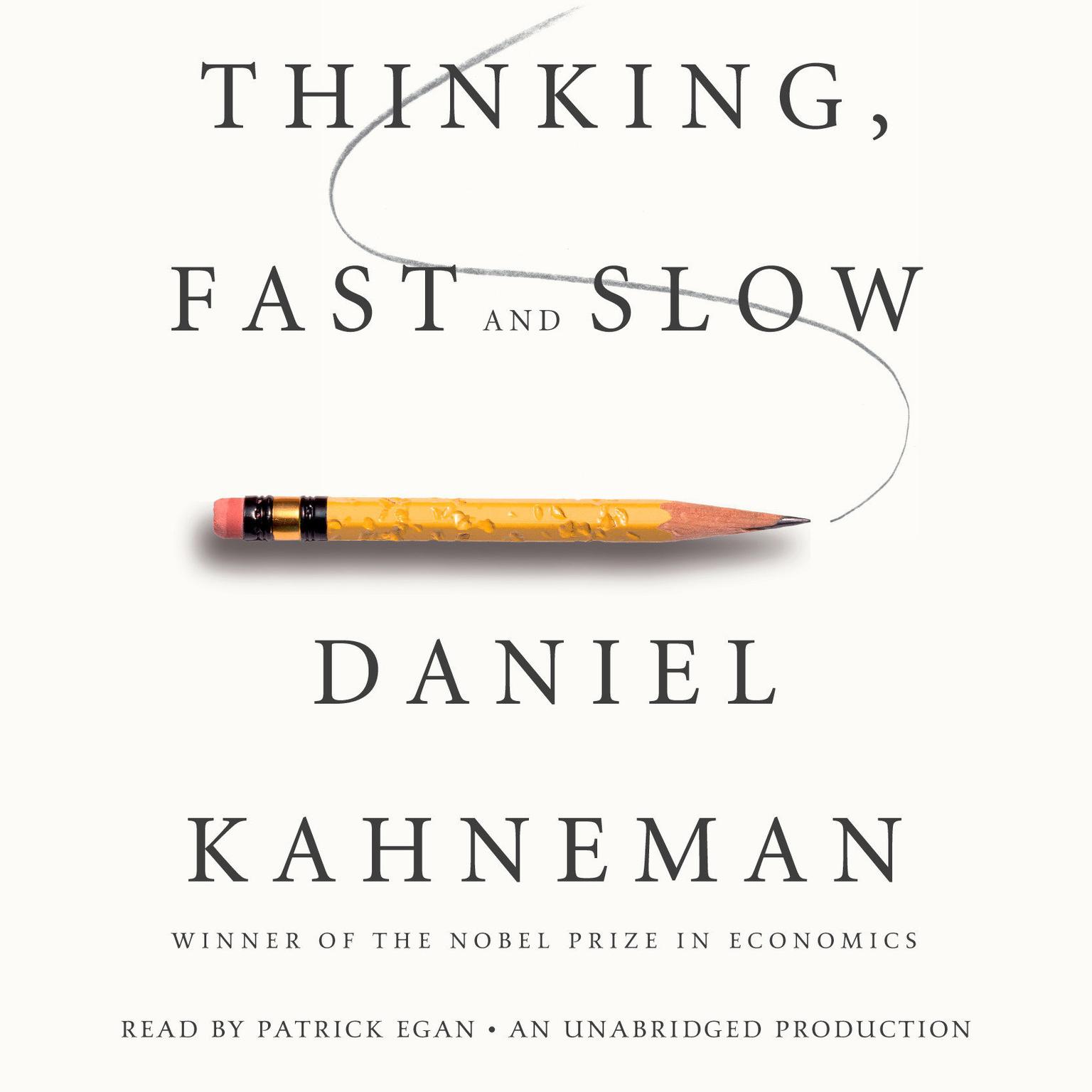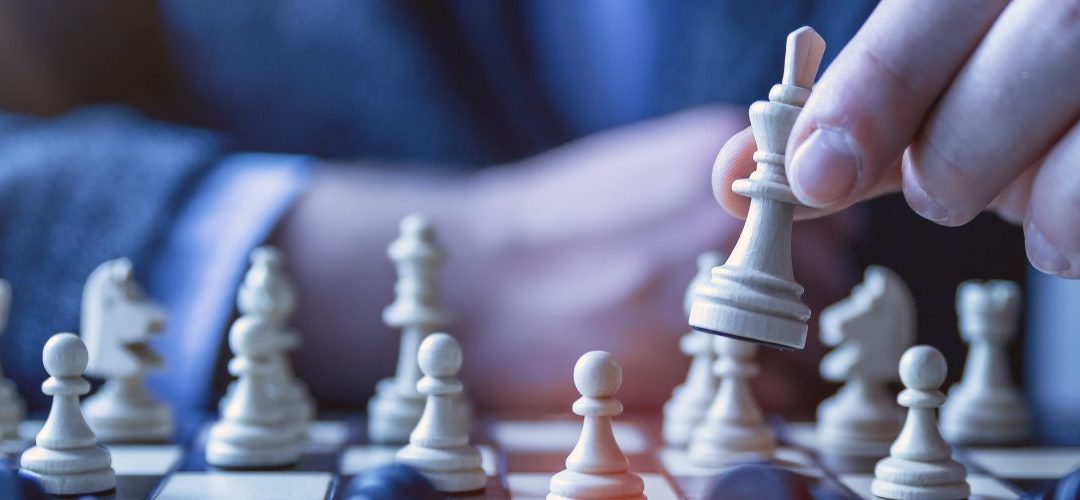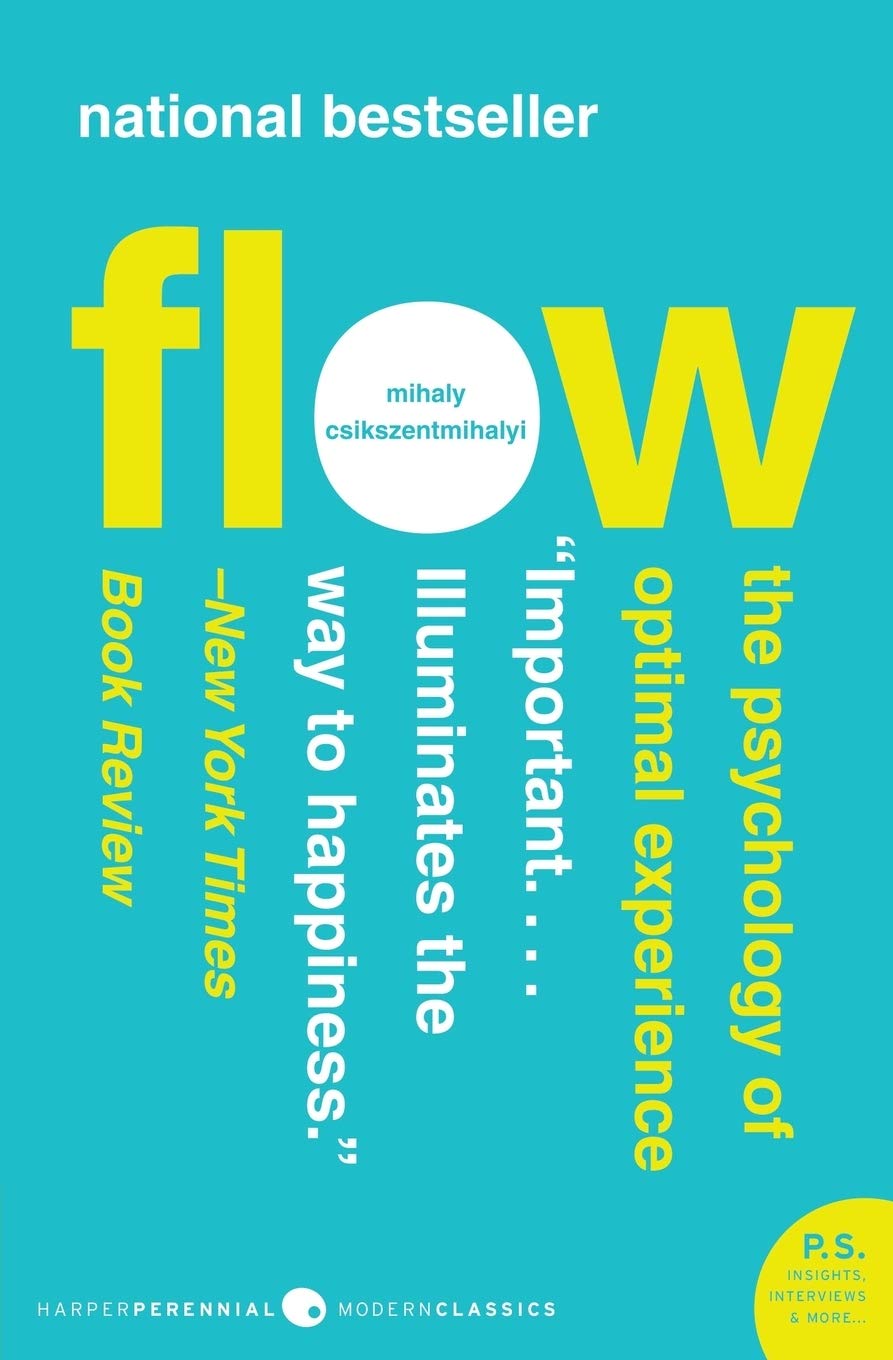
How to Recover from Mistakes
After you learn and practice this recovery strategy, you will be able to rebound from mistakes so quickly and effectively that you may stop being afraid of making them.
Guest blog written for ThriveGlobal.com
In my experience with Olympic and professional athletes, Wall Street traders, and Juilliard students, I have observed that they often tended to respond to costly mistakes in similar ways. Unfortunately, these reactions can often delay the recovery from the error, or even worse, set up another mistake. In some cases, this can lead to a train wreck. What is needed to preclude that is an effective strategy for getting back on track without delay or further damage.

Here is the strategy that I have found to be effective with my clients to help them recover faster from mistakes:
(1) Accept the Mistake
Yes, you screwed up. Get over it – immediately. Let it go. There is no sense in denying what really happened. Resist the temptation to analyze the error or figure out how to correct it. This is not the time. You have better things to do.
(2) Take a Few Breaths
Close your eyes or soften your gaze. Focus on breathing slowly and deeply into your lower abdomen, in through your nose and out through your mouth.
(3 ) Relax Your Muscles
Mistakes frequently cause people to cringe, making their muscles tighten. Drop the tension in your forehead, jaw, neck, and upper body.
(4) Get Back into the Present
Bring your mind back into the here and now, not the past mistake. Focus on what you need to do right now, to be performing competently in this moment.
(5) Perform at a Reasonable Level
Do not attempt to compensate for the mistake by attempting to give the best performance of your life. This is not the time for a peak performance. You will just compound the error. Get the train back on the tracks before trying anything risky.
The faster you can learn to accept a mistake, breathe, relax your muscles, and bring your focus into the present, the sooner you’ll be able to have an occasional mistake be an isolated event that is immediately followed by competent performance. As long as you live in this world, and attempt challenging tasks under pressure that have serious consequences, you will have the opportunity to get better at this strategy.
So, the next time you attempt something challenging and slip up or make an error, use it as an opportunity to get better at the recover strategy.






